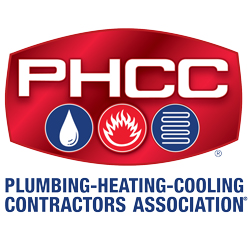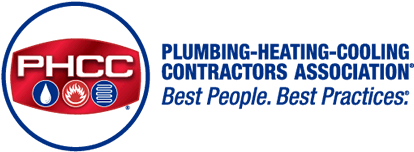
By Staff Writer, PHCC-National Association
Presented during the biennial May 11-12, 2021, Emerging Water Technology Symposium (EWTS) by Janet E. Stout, Ph.D., president and director of the Special Pathogens Laboratory
A microbiologist who has studied waterborne pathogens for more than 30 years, Janet E. Stout discussed health risks from water that were discovered through researching hospital water systems. According to Stout, what was learned in hospital settings can be applied to any building. Places where pathogens are often found include cooling towers, hot tubs, decorative fountains, fire suppression systems and irrigation systems. Sinks, sink drains and ice can all be infected.
Routine water testing is necessary to determine whether there are pathogen problems. Testing should be done particularly in hospital neonatal intensive care units and oncology and transplant units, as the most vulnerable patients are treated there. These pathogens thrive in warm temperatures, dirt and sediment.
Stout discussed the CDC Toolkit for Controlling Legionella, a valuable resource. Water age, the length of time water ages in the piping, is cited as a new key factor, Stout says. As water ages, the effectiveness of protective disinfectants diminishes. The toolkit reduces confusion about how to collect water samples for pathogen testing, indicating a sample of 250 ml is usually adequate. It also provides information on how to interpret test results.
Selecting a proper laboratory to do the testing is essential. It must be accredited by a recognized authority, able to perform a wide variety of tests and capable of retaining isolates from samples for additional testing at a later date. The toolkit discusses how to interpret the test results in terms of concentration, extent of colonization and type of Legionella. “The presence of any Legionella should trigger response activities,” says Stout.
New Environmental Care Standard Soon
A new environmental care standard for hospitals, critical access hospitals and nursing care centers will be released July 1, 2021, by The Joint Commission. Effective January 1, 2022, this new standard on water management programs addresses Legionella and other waterborne pathogens by requiring organizations to minimize pathogenic biological agents in cooling towers, domestic hot- and cold-water systems, and other aerosolizing water systems. It recommends establishing water management teams for each facility and developing a description of how water is used and flows through the building.
The goal of the new standard is to reduce costly and deadly infections, many of which are resistant to antibiotics. Annually there are 7.15 million illnesses, including 6,630 deaths, with a direct healthcare cost of $3.33 billion.
Stout reminds the audience that while tap water is not sterile, it is often used to rinse items in hospitals after they have been sterilized or can be splashed onto sterile surfaces. She recommends letting taps run for a few seconds before putting one’s hands into the water stream to help flush out possible pathogens inside the faucet.
This is one of three reports on sessions conducted virtually during the EWTS on May 11-12, 2021. The Plumbing-Heating-Cooling Contractors—National Association was a proud industry partner of the event, which was co-convened by the American Society of Plumbing Engineers (ASPE), the Alliance for Water Efficiency (AWE), the International Association of Plumbing and Mechanical Officials (IAPMO) and Plumbing Manufacturers International (PMI), and presented in cooperation with the World Plumbing Council (WPC).
